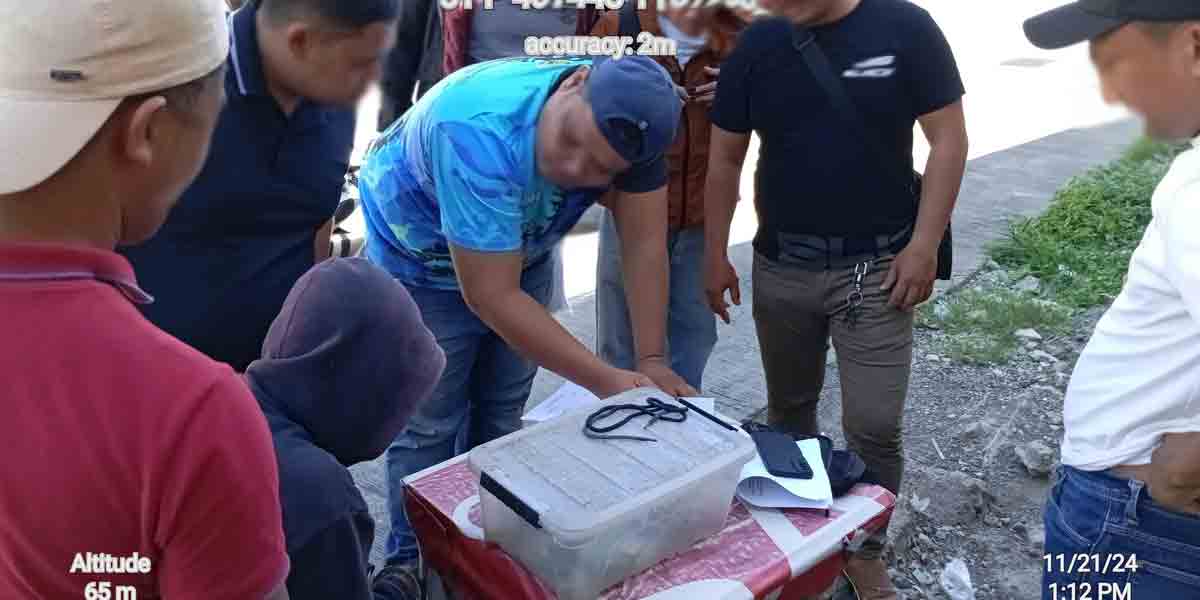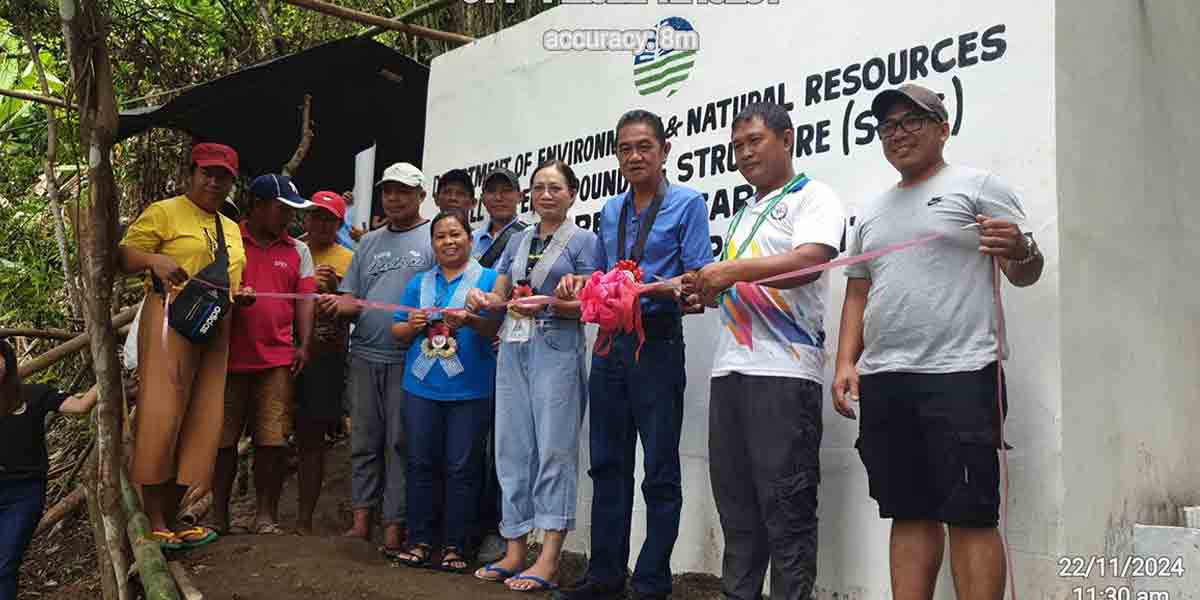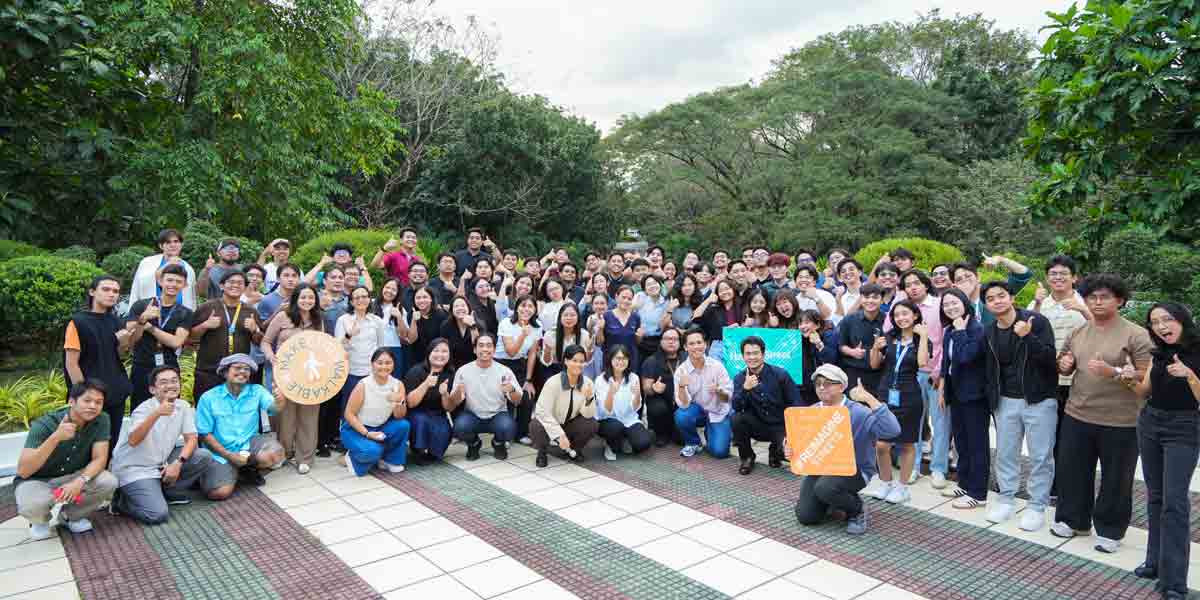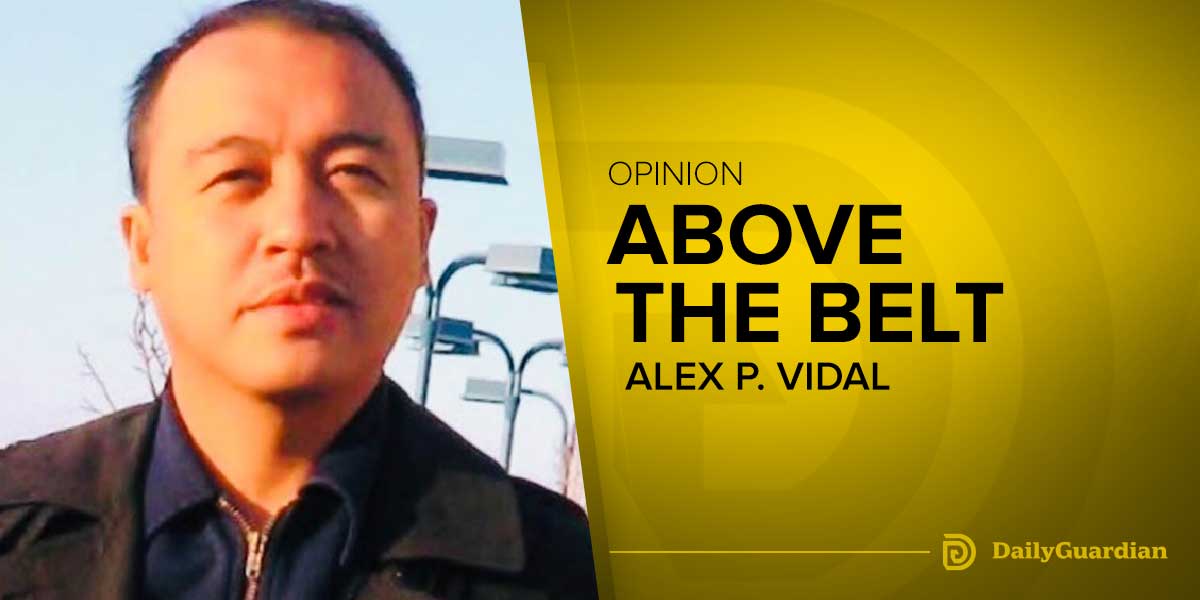By Joshua Corcuera
I was born and raised in Manila, the Philippine capital home to more than a million people. If we are talking of Metro Manila which is the National Capital Region (NCR), that number balloons to over 13 million people, according to a 2020 census. Yes, 13 million people crowded into a piece of land with an area of less than 640 square kilometers. Undoubtedly, Metro Manila is very dense with at least 20,000 people occupying one square kilometer of land. In contrast, Singapore is slightly larger in terms of land area, but its population is less than 6 million based on a 2021 estimate. Obviously, NCR has a huge population, and with this huge number comes huge problems.
Even someone outside Metro Manila would be aware of the problems haunting the nation’s center, from slums to pollution, from crowded schools and hospitals to dark alleys and crime. But one thing that many people would think, whether within Metro Manila or outside the capital region, is the bumper-to-bumper heavy traffic within NCR. Before I start my day prior to the pandemic, I normally watch a morning news program—you know the ones where they share news then show themselves eating breakfast then invite a band or something. Such news programs usually show live pictures of major thoroughfares in Metro Manila such as EDSA—most of the time the traffic is so heavy. Likewise, long queues on mass transportation, specifically trains, are likewise being shown.
Personally, I suffer from the stressful heavy traffic of the capital region before the pandemic which is why I really have to wake up early to avoid being late for class. In recent years, however, there have been numerous infrastructure projects here in NCR, yet the problem remains—at least from a personal perspective. I went outside recently, and the traffic seems not to have changed significantly; if there is any improvement, it is merely slight. So how can such a problem be alleviated or mitigated?
We have to remember that several infrastructure projects have focused on roads, there are a few projects on railways, but roads are really the first thing that would come to mind as far as infrastructure projects are concerned. This is good, though mass transportation projects seem to be less prioritized. Yes, there have been some mass transportation projects since the early 2010s until now, but, as of writing, I can only think of four train lines here in NCR. Hopefully, this would be increased further to serve more people by the end of the 2020s. More importantly, this could help commuting become easier, faster, more reliable, and more convenient.
Listening to the recent presidential debate last February 27, it is also important to take note that NCR is congested. Thus, it is imperative to bring growth and development to the countryside so that people from such areas could live sustainably from where they are instead of going to the capital region where their future is far from certain. Vice President Leni Robredo, for instance, emphasized rural development in helping decongest Metro Manila. “Kapag nag-invest tayo sa kanayunan,” she said, “at may trabaho doon, ang mga tao ay mae-engganyong umuwi sa kanila.”
Theoretically, this could help promote inclusive growth equitably and not be centralized in the so-called Imperial Manila as we have frequently witnessed in the past. As the world becomes more urbanized thanks to globalization, we must not forget the problems that come along with it; in doing so, we can be better prepared in alleviating, if not eliminating altogether, the list of urban issues we are currently dealing with.




















